What is tomato fusarium and how to treat the culture?
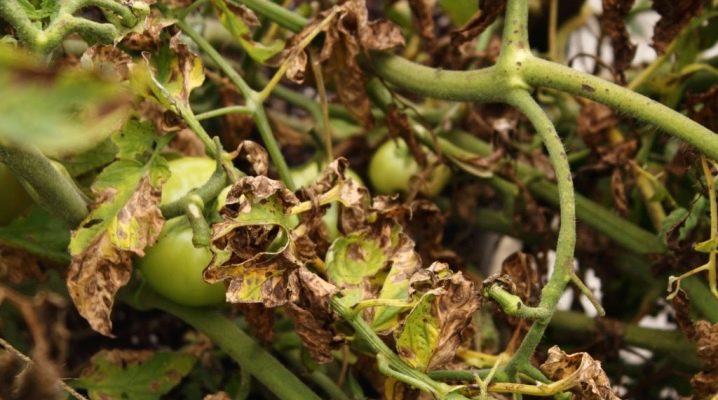
Fusarium wilting is one of the common problems that gardeners who grow tomatoes in their area often face. In order not to lose all of his harvest due to this disease, the summer resident needs to study all its features and methods of dealing with it in advance.
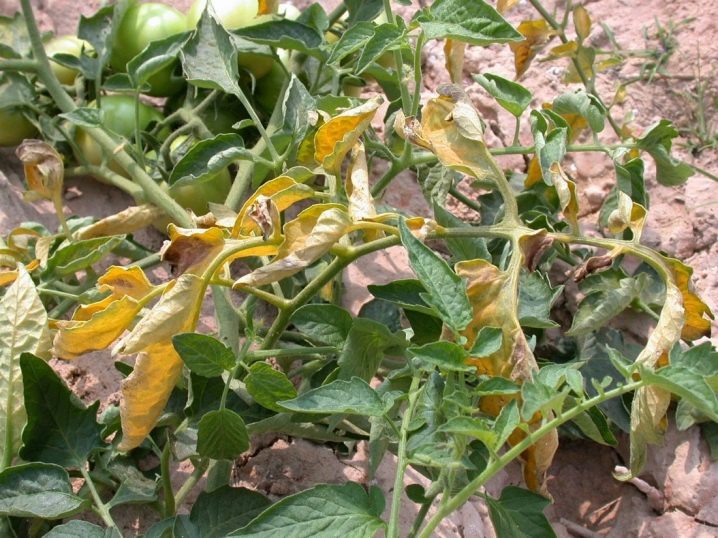
Description
Fusarium tomato blight is a fungal disease that affects the foliage, ovaries, stems and roots of plants. The disease first causes wilting of young foliage, and then completely leads to the death of the bushes. The development cycle of fusarium wilting can last from several days to several weeks. It all depends on the characteristics of the environment, the variety of tomatoes and their age.
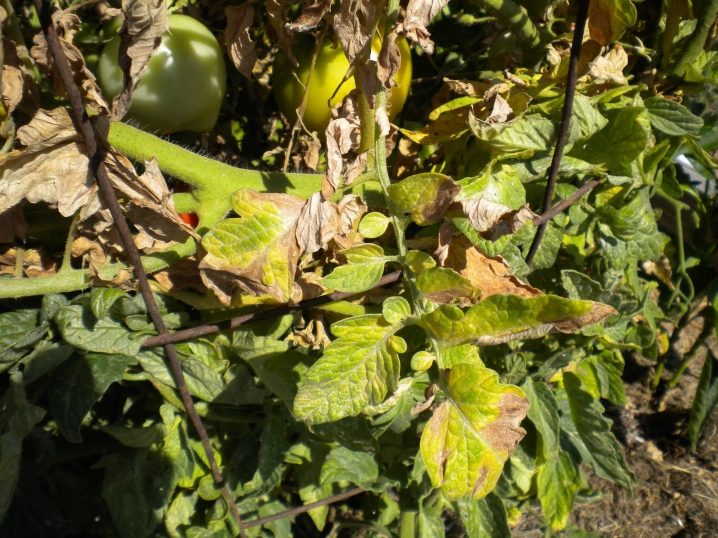
There are certain signs of this disease.
- Withering shoots. The tops of young shoots are the first to suffer. Even plants that are very well cared for appear weakened and dry.
- Changing the color of the leaves. The leaf plates begin to turn yellow very quickly. First, the sheets at the bottom change color. They quickly lose their turgor, begin to curl and dry out.
- The appearance of necrotic tissues. They appear between the veins within a couple of days after the infection of the bush. At this time, the plant looks weak and very sick.
- Damage to the vascular system. This can be seen by cutting or breaking the stem. The inner part quickly becomes light brown.
- Decay of fruits. If the disease affects adult and fruiting plants, their fruits begin to rot. Having noticed traces of damage to the crop, it must be collected immediately. This is the only way to save the fruit.
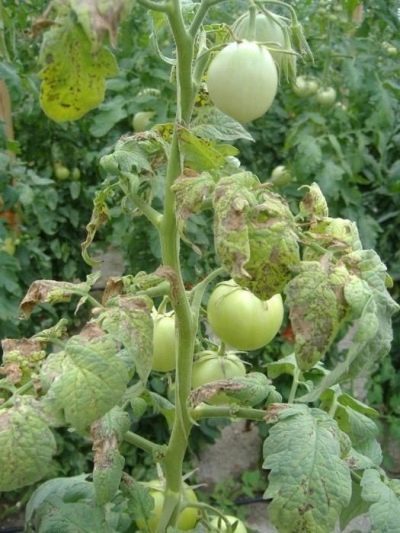
The big problem is that the disease is difficult to define. Usually gardeners confuse it with the simple wilting of tomatoes or blame everything on the lack of minerals in the soil.
To understand that the plant is sick with fusarium, a person needs to examine the bush more closely. An adult plant usually begins to wilt on one side only. The second part of the bush remains absolutely healthy.
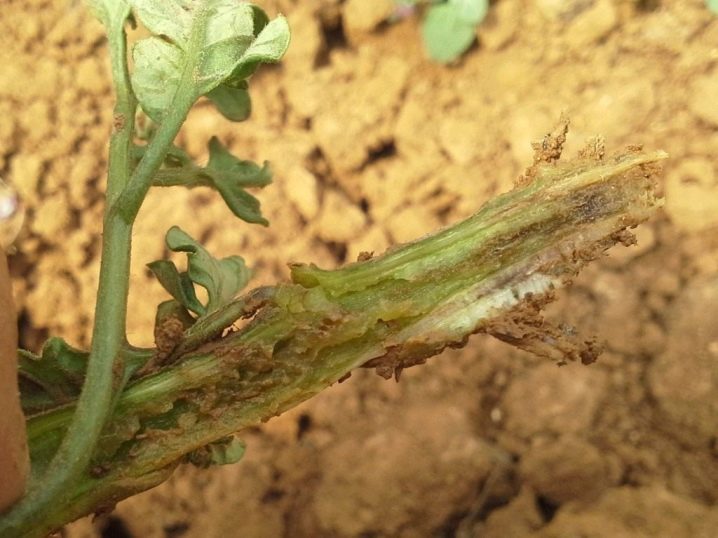
Causes of occurrence
Spores of the fungus that cause the disease can be carried by insects and birds. Therefore, fusarium disease spreads very quickly. In addition, fungal disease remains on plant debris for a long time. So, if the plants grown on the site were previously sick, they must be removed from the beds along with the roots and destroyed. Otherwise, the spores of the fungus will overwinter in the ground and will infect new plants next spring. For the same reason, all weeds growing next to diseased crops must be removed from the beds.
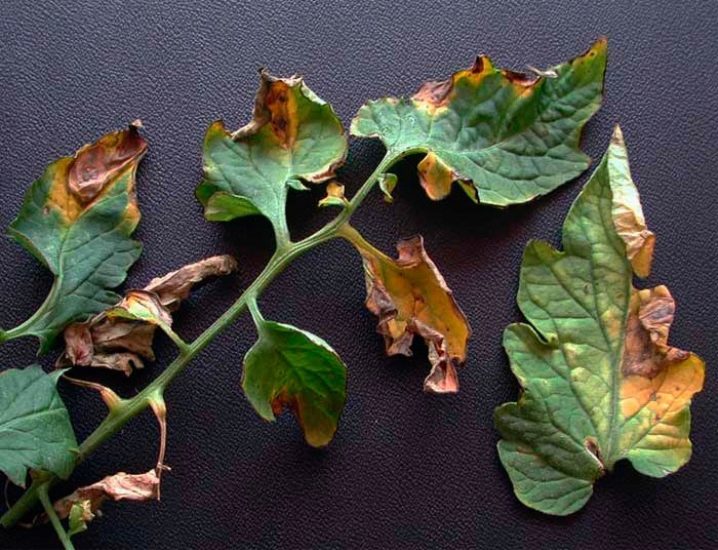
Most often, the fungus penetrates into the soft tissues of plants in the following situations.
- When pinching tomatoes or removing leaves.
- At the time of transplanting young seedlings. This usually happens when the gardener has damaged the roots of the plants.
- In case of untimely transplantation of seedlings. If young seedlings overgrow, their roots will break through the drainage hole and become damaged.
Fusarium develops most rapidly at a temperature of 26-27 degrees. Most often, tomatoes get sick in the second half of summer. But the disease may well affect seedlings or young tomatoes.
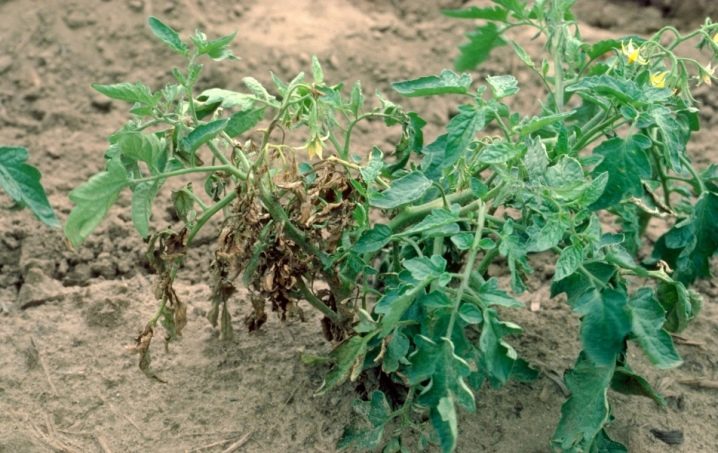
If tomatoes are grown in a greenhouse, the plants can get sick if the room is poorly treated.
Treatment methods
Fusarium wilting is very difficult to treat.It is worth fighting the disease only in the first days after infection of the bushes. Now there are several methods of treating fusarium. All these methods have their own characteristics.
Chemicals
The fastest way to cope with the disease is by using potent fungicides. Most often, "Fitolavin" or "Fundazol" are used to combat the disease. You need to use these funds following the instructions. Only in this case the effect after their application will be really noticeable. During processing, the respiratory tract, eyes and skin of the hands must be protected.
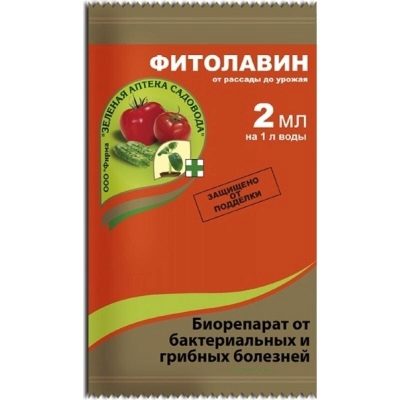
It is not recommended to treat the site with these means for preventive purposes. The addiction to the main active ingredient occurs very quickly. Therefore, when the culture really gets sick, it will already be much more difficult to save the plants.
Biologicals
Gardeners who do not want to use chemistry on their site prefer to deal with the disease in a different way. They use biological products for this purpose. To get rid of fusarium wilting can help such means as "Fitosporin" or "Planriz".
Biologics are usually used twice. The product is used for the first time after the detection of a disease. The second time, this procedure is repeated after another five days.
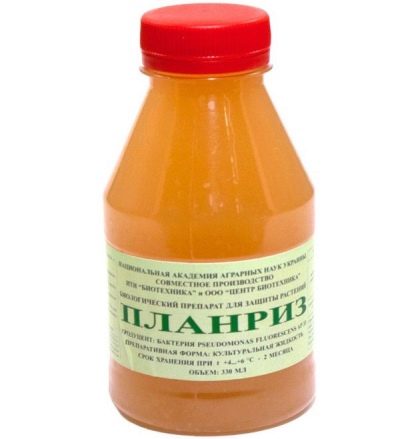
It is important to follow the instructions when processing plants.
Folk remedies
You can also treat diseased tomatoes with homemade products. The following products are most often used for spraying plants.
- Milk. To process the site, you will need a liter of milk. In a container with this product, you need to dilute a tablespoon of grated laundry soap. A small amount of iodine must also be added there. The resulting product is sprayed on the plant leaf. Milk, if necessary, can be replaced with milk whey.
- Garlic. The head of garlic must be divided into separate teeth. They are passed through a press. The resulting mass is added to a container with a liter of water. In this form, the container must be sent to a dark place for a day. The next day, the solution must be diluted with water in a ratio of 1 to 10. Immediately after that, the product can be used to spray the area. Spraying tomatoes with garlic infusion also helps ward off pests that are afraid of pungent odors.
- Wood ash. This product is often used to combat various diseases. So that the remedy does not aggravate the situation, it is worth using the ashes left after burning healthy plants to prepare the infusion. Preparing a product for treating the site is very simple. Add half a glass of dry ash to a liter of warm water. After that, you can add half a tablespoon of laundry soap to the container. The product is insisted in a dark place during the day. It is worth noting that such a remedy can be used for prevention. In this case, it is necessary to process the plants once every 7 days. In addition, the bushes can simply be powdered with dry ash.
- Onion peel. You can save plants from infection with fusarium by using a decoction of onion peels. For this cleaning is placed in a saucepan and poured with 5 liters of water. The product is boiled for half an hour. After that, the liquid is diluted to 10 liters and used for watering tomatoes.
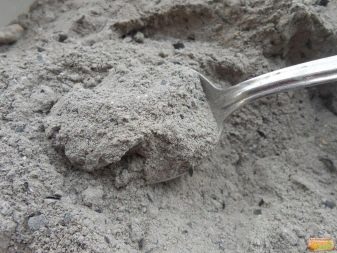
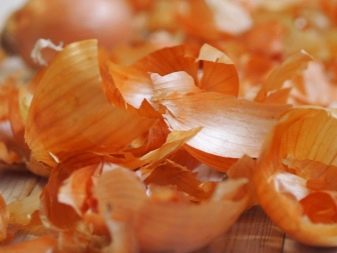
It is recommended to treat bushes with folk remedies only if the disease has not yet spread too much. In other cases, you need to either immediately use chemicals, or simply destroy the infected plants.
Prevention measures
In order not to waste time fighting the disease, the gardener should adhere to certain preventive measures.
- Seeds must be disinfected before planting. If the gardener uses purchased seedlings for planting, they also need to be processed before planting. The root system of young plants is usually placed briefly in a container with a fungicide solution. After that, the roots are slightly dried, and then the plants are planted in the garden.
- When choosing a place for planting tomatoes, the gardener needs to take into account the rules of crop rotation. You should not plant plants in the same place for several years in a row. In addition, it is not recommended to plant tomatoes where potatoes, strawberries or other nightshades were previously grown. If it is not possible to change the place of planting tomatoes every year, then it is worth at least timely removing the topsoil and replacing it with a new one.
- The soil must be well cultivated before planting. In the fall, the site is cleaned of plant debris and dug up. In the spring, the soil is loosened, and then spilled with a light solution of copper sulfate or potassium permanganate. If the acidity of the soil is increased, in the fall, crushed chalk or dolomite flour must be embedded in it.
- Do not use for mulching the site or feeding tomatoes infected plant debris.
- Do not use a dirty tool during pinning. In addition, it is very important to carefully loosen the soil in the area so as not to damage the plant roots. Indeed, through such wounds, the pathogen very quickly penetrates into plants.
- Avoid oversaturation of the soil with nitrogen. As a rule, nitrogen-containing fertilizers are applied to the soil only for the first time after planting the plants.
- After removing the infected plants from the garden, the area must be disinfected. This prevents infestation of other tomatoes growing in the area.

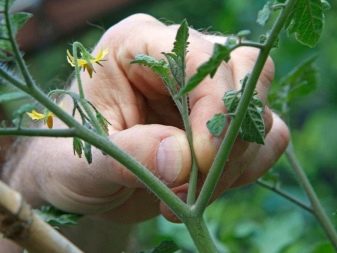
If you adhere to these simple rules, the risk of facing a disease such as fusarium wilting will not be very large.
Resistant varieties
Many gardeners are also trying to select plant varieties that are resistant to fungal disease for planting on the site.
- Macarena. This is a mid-season tomato variety. These plants can be grown in greenhouses or greenhouses. They have good yields. The fruits are suitable both for fresh consumption and for conservation.
- "Partner Semko". A hybrid mid-late variety suitable for outdoor use. Tomatoes taste great and are most often eaten fresh.
- Malika. It is a versatile variety suitable for both greenhouses and open fields. High-yielding and early maturing hybrid plants.
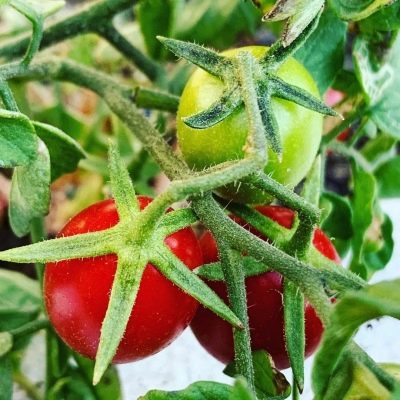
It should be understood that these varieties can also be infected with fusarium. But this happens much less often. In general, the fight against fusarium is a rather difficult task. Therefore, it is important for gardeners to carefully choose planting material and take care of young plants in order to prevent the development of this disease.

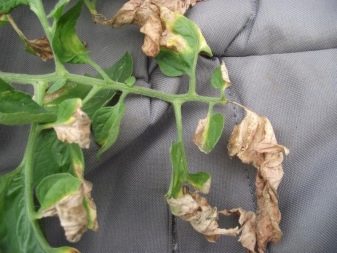













The comment was sent successfully.